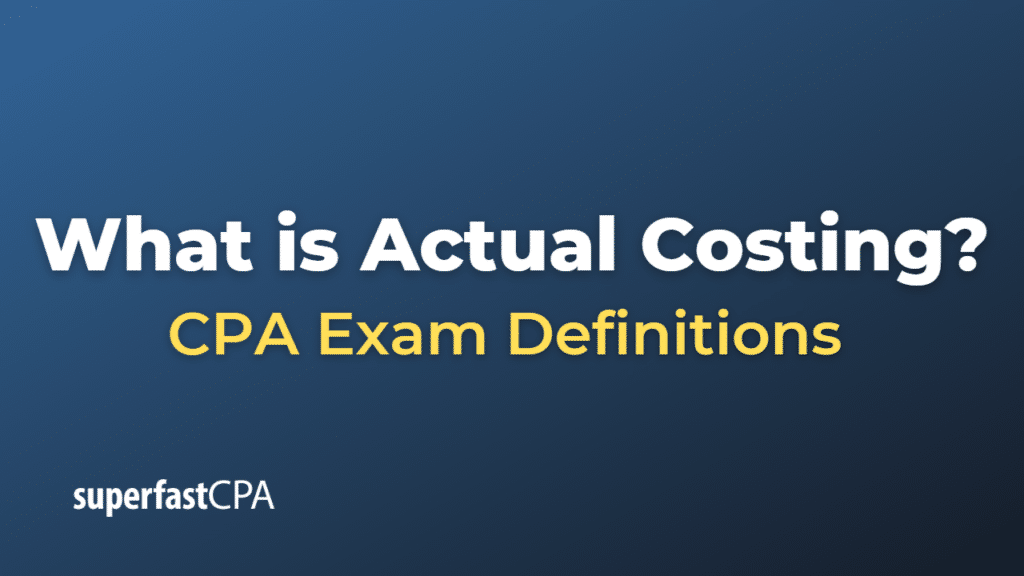Actual Costing
Actual costing is an accounting method that allocates the actual costs incurred in the production process to the goods produced, rather than using estimated or standard costs. This method provides a more accurate representation of the cost of goods sold (COGS) and ending inventory valuation.
In actual costing, the direct costs, such as raw materials and labor, and indirect costs, such as overhead, are tracked and allocated to the goods based on the actual costs incurred during the production process. This method is useful for businesses that want to have a precise understanding of their production costs for better decision-making and cost control.
However, actual costing can be more time-consuming and complex compared to other costing methods, such as standard costing or normal costing, as it requires businesses to track and record actual costs throughout the production process.
Example of Actual Costing
Let’s consider a small furniture manufacturing company as an example. The company produces wooden chairs and wants to use actual costing to determine the cost of producing each chair.
Direct Material Costs: The company buys wood for $500 and uses 80% of it to produce 10 chairs. The actual cost of wood per chair is: ($500 * 80%) / 10 = $40.
Direct Labor Costs: Two carpenters work on the chairs for a total of 15 hours, and each carpenter earns $20 per hour. The actual labor cost per chair is: (2 carpenters * 15 hours * $20) / 10 chairs = $60.
Indirect Costs (Manufacturing Overhead): The manufacturing overhead includes costs like electricity, rent, and equipment depreciation. During the production period, the company incurs $200 in overhead costs. Since 50% of the overhead costs are related to chair production, the actual overhead cost per chair is: ($200 * 50%) / 10 chairs = $10.
Total Actual Cost per Chair: The total actual cost per chair is the sum of direct material, direct labor, and indirect costs: $40 (wood) + $60 (labor) + $10 (overhead) = $110 per chair.
Using the actual costing method, the company can now accurately determine that the cost of producing one chair is $110. This information can be useful for setting selling prices, controlling costs, and making informed business decisions.












